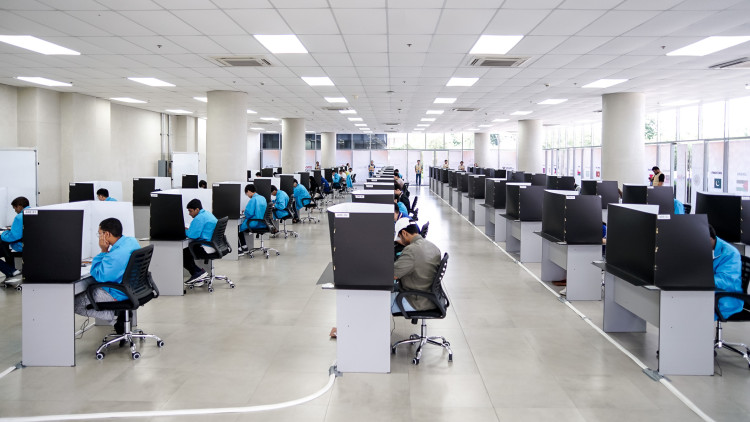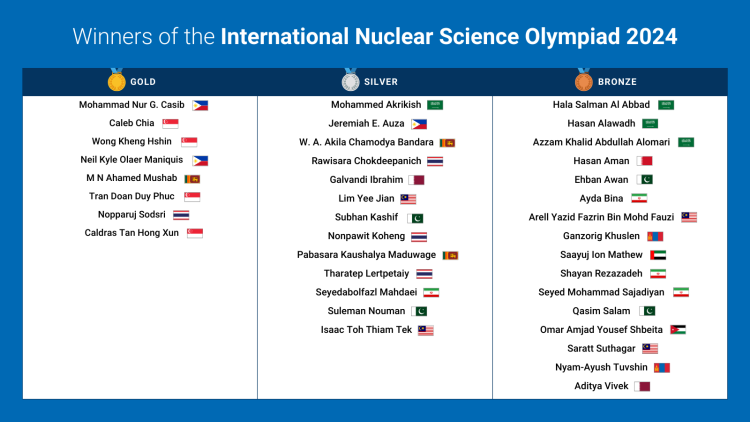The first ever International Nuclear Science Olympiad has been held in the Philippines in the run up to today’s International Youth Day, with the support of the IAEA.
The world’s most talented science students have been competing at these international competitions since the first International Mathematical Olympiad was held in Romania in 1959.
Since then, Olympiads have been launched in a further 11 subjects, including physics, chemistry, biology and astrophysics.
Nuclear science is the latest addition to the list and this inaugural event involved 55 high school students from 14 Asian countries, with more countries around the world expected to join as the competition grows. The next International Nuclear Science Olympiad will be held in 2025 in Malaysia.
“This International Nuclear Science Olympiad is more than just a test of knowledge; it is a platform for exchanging ideas, forging friendships and inspiring the next generation of nuclear scientists and engineers,” said Renato Solidum Jr., Secretary of the Philippine Department of Science and Technology, during the opening ceremony.
Students from Bahrain, Iran, Jordan, Malaysia, Mongolia, Oman, Pakistan, the Philippines, Qatar, Saudi Arabia, Singapore, Sri Lanka, Thailand and the United Arab Emirates travelled to Clark, Pampanga in the Philippines in August to participate. Each participating country was represented by up to four students, pre-selected through national competitions and other competitive processes. Prior to joining the international Olympiad, the students attended local training camps in their home countries to hone their technical skills. Representatives from Indonesia, Japan, Korea and the Syrian Arab Republic attended as observers.
The competition was organized under the umbrella of an ongoing IAEA education project for which the Philippines is the lead country. The project is designed to promote interest in the nuclear field among secondary school students in Asia and the Pacific. It is one of the many IAEA initiatives aimed at attracting the next generation of young scientists and engineers to the nuclear field, in Asia and beyond.
“The International Nuclear Science Olympiad is a testament to the importance of investing in the next generation of scientists, engineers and thinkers. It is a platform for students to showcase their talents, exchange ideas and inspire one another. It is also a reminder of the collaborative spirit that is essential to scientific progress,” said Marina Mishar, Section Head of the IAEA’s Technical Cooperation Division for Asia and the Pacific.









